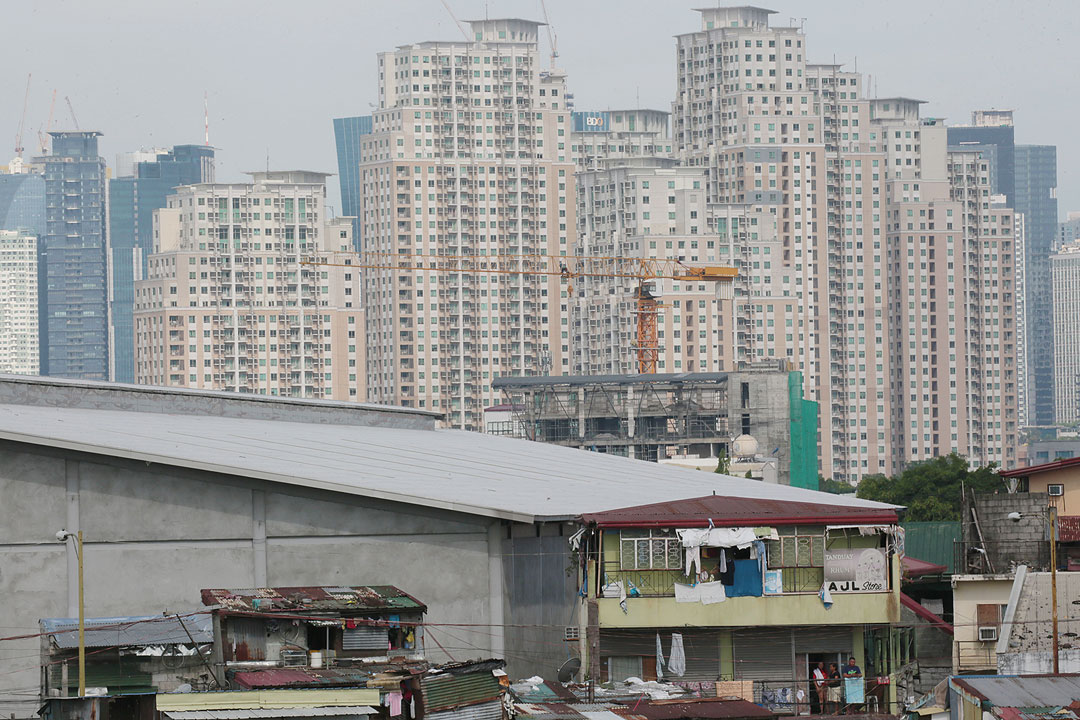BSP may pause tightening — Diokno

Keisha B. Ta-asan, Reporter
THE BANGKO Sentral ng Pilipinas (BSP) is likely to pause its current tightening cycle in May, Finance Secretary Benjamin E. Diokno said.
However, some analysts still expect the central bank to continue raising borrowing costs as inflation remains above the 2-4% target range.
“Contrary to some analysts’ view that the BSP Monetary Board could even push its policy interest rate higher than 6.5%, I think that the BSP is leaning towards a pause in its policy meeting in May,” he said in a Viber message to reporters on Sunday.
Last week, the Monetary Board hiked its benchmark rate by 25 basis points (bps) to 6.25%, the highest rate in nearly 16 years or since the 7.5% in May 2007.
Since May 2022, the BSP has raised rates by 425 bps to curb inflation. The Monetary Board’s next meeting is on May 18.
Mr. Diokno, who sits on the Monetary Board, said the BSP has “done enough.”
“The (rate) adjustment’s full impact has yet to be absorbed by the economy, considering that monetary policy works with a lag, oftentimes a long lag,” he said.
The Finance chief noted that non-monetary measures are more effective in taming inflation and an all-of-government approach against inflation has been adopted.
The BSP last week lowered its inflation forecasts to 6% for 2023 (from 6.1% previously) and to 2.9% for 2024 (from 3.1%).
“The inflation forecasts reflect the cumulative impact of the BSP’s policy rate adjustments and the slower growth outlook on both the domestic and external fronts,” it said.
Meanwhile, analysts said the BSP may deliver another 25-bp rate increase in May to anchor inflation expectations, noting that inflation is still significantly above the BSP’s 2-4% target range.
“We think that inflation will continue to post a substantial downtrend — our latest estimates are 8% in March and 7% in April. However, this might not be low enough for BSP to comfortably pause, especially if first-quarter GDP (gross domestic product) proves to be resilient,” China Banking Corp. Chief Economist Domini S. Velasquez said.
The consumer price index (CPI) eased to 8.6% in February, from the 14-year high 8.7% in January. For the first two months of the year, inflation averaged 8.6%.
March inflation data will be released on April 5, while first-quarter GDP data will be out on May 11.
HSBC economist for Association of Southeast Asian Nations (ASEAN) Aris Dacanay said core inflation may have not eased in March.
“Since core inflation is still elevated, there is still a risk that price pressures will continue to spill over to other commodity items. Thus, we expect the BSP to increase its policy rate by 25 bps in May to 6.5%, which we think will be the last rate hike before pausing,” he said.
Core inflation, which discounts food and fuel volatile prices, rose to 7.8% in February from 7.4% in January, marking the quickest core inflation print in over 22 years or since 8.2% in December 2000.
Bank of the Philippine Islands (BPI) Lead Economist Emilio S. Neri, Jr. said a follow-through response is crucial to ensuring the downward trend in inflation.
“An untimely pause/cut could result in a prolonged period of elevated inflation, fueling inflation expectations and aggravating second-round effects,” Mr. Neri said.
He said the BSP may only consider re-assessing its policy stance if inflation becomes more “favorable” in the second half, given that no price shocks occur and that non-monetary measures prove effective in mitigating supply-side issues.
The BSP may also consider cutting the banks’ reserve requirement ratio (RRR) by as much as four percentage points to ease financial conditions, Mr. Neri added.
The RRR for universal and commercial banks is currently at 12%, one of the highest in the region. Reserve requirements for thrift and rural lenders are at 3% and 2%, respectively.
Ms. Velasquez likewise said the BSP may cut the RRR to improve regulatory costs for lenders and to align with ASEAN peers.
“(But) as previously communicated, (Mr.) Medalla would want to do it after rate hikes so as not to send the wrong signal to the public. If the BSP pauses its monetary tightening cycle by May, it could possibly cut RRR by 2% in June,” she said.
Cutting the banks’ RRR is a move intended to be an operational adjustment to facilitate the BSP’s shift to market-based instruments for managing liquidity in the financial system, particularly the term deposit facility and the BSP securities.
BSP Governor Felipe M. Medalla on Friday said the central bank has to ensure inflation eases towards the 2-4% target before cutting the RRR.
“(If) inflation is still above 4% but clearly on a downward trajectory, and everybody believes that that downward trend is unstoppable, then we can cut,” Mr. Medalla said on the sidelines of the Chamber of Thrift Banks’ general membership meeting on Friday.
He also said inflation may return within the target by October this year, earlier than the previous projection of November or December.
